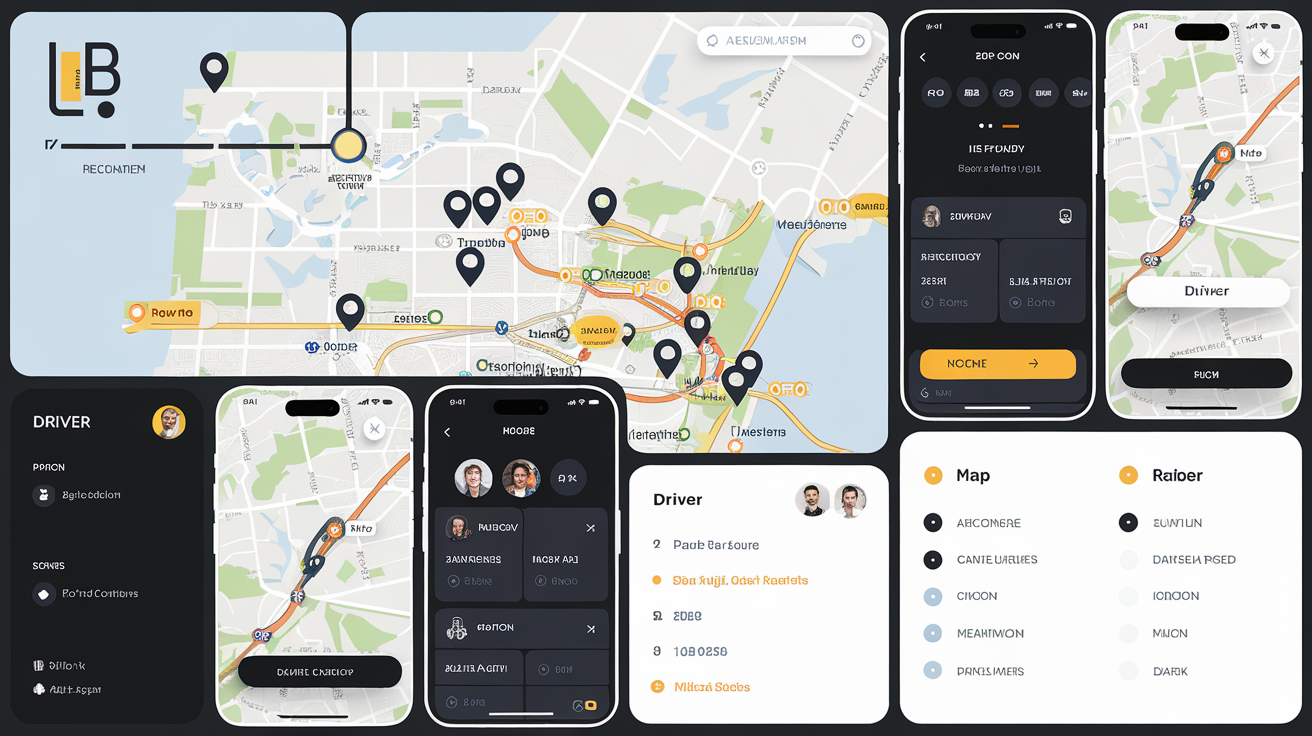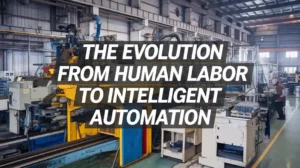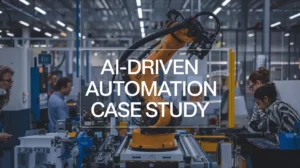The architecture of ride-sharing platforms like Uber is a fascinating subject for software engineers and system designers. Uber’s system design must handle real-time requests, efficiently match supply (drivers) with demand (riders), provide accurate ETAs, ensure reliability, and protect against fraud. This article explores Uber’s system design, breaking down its components and the technologies that power this complex, high-scale system.
Overview of Uber's System Design
Uber’s architecture can be broadly divided into several key components: supply (drivers) and demand (users) management, data storage, real-time communication, dispatch optimization, and auxiliary services like mapping and fraud detection. The system utilizes a variety of technologies to meet these requirements efficiently.
Components of Uber's System
1. Supply (Drivers) and Demand (Users)
- Supply refers to the drivers available to pick up passengers.
- Demand refers to the users requesting rides.
2. Data Collection and Storage
- RDBMS: Relational Databases for structured data.
- NoSQL: Non-relational databases for handling large volumes of unstructured data across multiple regions.
3. Real-Time Communication
- WebSocket: For real-time, bidirectional communication between clients (apps) and servers.
- HTTP REST APIs: For standard API interactions.
4. Load Balancing and Security
- Load Balancer: Distributes incoming network traffic across multiple servers to ensure reliability and performance.
- WAF (Web Application Firewall): Protects against common web exploits and attacks.
5. Dispatch Optimization
DISCO (Dispatch Optimization): Matches riders with the nearest available drivers efficiently.
6. Event Processing and Data Pipeline
- Kafka: For real-time data streaming and processing.
- Kafka REST API: Provides a RESTful interface for interacting with Kafka.
7. Data Analysis and Machine Learning
- Hadoop, Hive, HDFS: For large-scale data processing and storage.
- Apache Spark, Storm: For real-time data processing and analytics.
8. Auxiliary Services
- Maps ETA: Calculates estimated time of arrival using mapping services.
- Fraud Detection: Uses machine learning to detect and prevent fraudulent activities.
Detailed Breakdown of Components
1. Supply and Demand
Uber’s platform must manage millions of drivers and users worldwide. To do this efficiently:
User and Driver Management: The platform must authenticate users and drivers, manage profiles, and track availability. User and driver information is typically stored in a relational database (RDBMS) to ensure data integrity and easy access.
2. Data Collection and Storage
Efficient data storage is critical for Uber’s operations:
Relational Databases (RDBMS): Used for storing structured data like user profiles, trip details, and transaction records. RDBMS ensures ACID (Atomicity, Consistency, Isolation, Durability) properties, which are crucial for financial transactions and user data.
NoSQL Databases: Employed to handle large volumes of unstructured data, such as logs, trip histories, and driver availability across multiple regions. NoSQL databases like MongoDB or Cassandra provide high availability and horizontal scalability.
3. Real-Time Communication
Real-time communication is essential for Uber’s functionality:
WebSockets: Enable real-time, two-way communication between the client apps (drivers and riders) and the server. This is crucial for updating driver locations, ride requests, and trip statuses.
HTTP REST APIs: Used for traditional request-response interactions, such as fetching user profiles, trip histories, and processing payments.
4. Load Balancing and Security
Maintaining performance and security is vital:
Load Balancer: Distributes incoming requests evenly across multiple servers to prevent any single server from becoming a bottleneck. This ensures high availability and reliability of the service.
Web Application Firewall (WAF): Protects against malicious attacks such as SQL injection, cross-site scripting (XSS), and other web exploits. WAF filters and monitors HTTP requests and blocks potential threats.
5. Dispatch Optimization
Dispatch optimization is at the heart of Uber’s functionality:
DISCO (Dispatch Optimization): This module efficiently matches riders with the nearest available drivers. It takes into account various factors such as driver availability, proximity, traffic conditions, and historical data to minimize wait times and maximize efficiency
6. Event Processing and Data Pipeline
Processing and analyzing real-time data is crucial for Uber:
Kafka: A distributed streaming platform that handles real-time data streams. It ingests, processes, and analyzes data such as trip requests, driver statuses, and user interactions.
Kafka REST API: Provides a RESTful interface to interact with Kafka, making it easier to integrate with other components of the system.
7. Data Analysis and Machine Learning
Data analysis and machine learning drive many of Uber’s features:
Hadoop, Hive, HDFS: These tools are used for storing and analyzing large datasets. Hadoop and HDFS handle data storage, while Hive facilitates querying large datasets using SQL-like queries.
Apache Spark, Storm: Spark is used for large-scale data processing, while Storm handles real-time stream processing. These tools enable real-time analytics and decision-making.
8. Auxiliary Services
Supporting services enhance the user experience and system reliability:
Maps ETA: Calculates estimated times of arrival using advanced mapping services. This involves real-time traffic data, route optimization, and historical travel times.
Fraud Detection: Machine learning algorithms are used to detect fraudulent activities. This includes analyzing patterns in trip data, payment methods, and user behavior to identify and prevent fraud.
Conclusion: Uber System Design: An In-Depth Analysis
Uber’s system design is a testament to modern engineering’s capabilities to handle complex, high-scale applications. By leveraging a combination of real-time communication, efficient data storage, robust security measures, and advanced machine learning algorithms, Uber provides a seamless and reliable experience for its users and drivers. Understanding the intricacies of this system provides valuable insights into the challenges and solutions in designing scalable, reliable, and efficient distributed systems.























